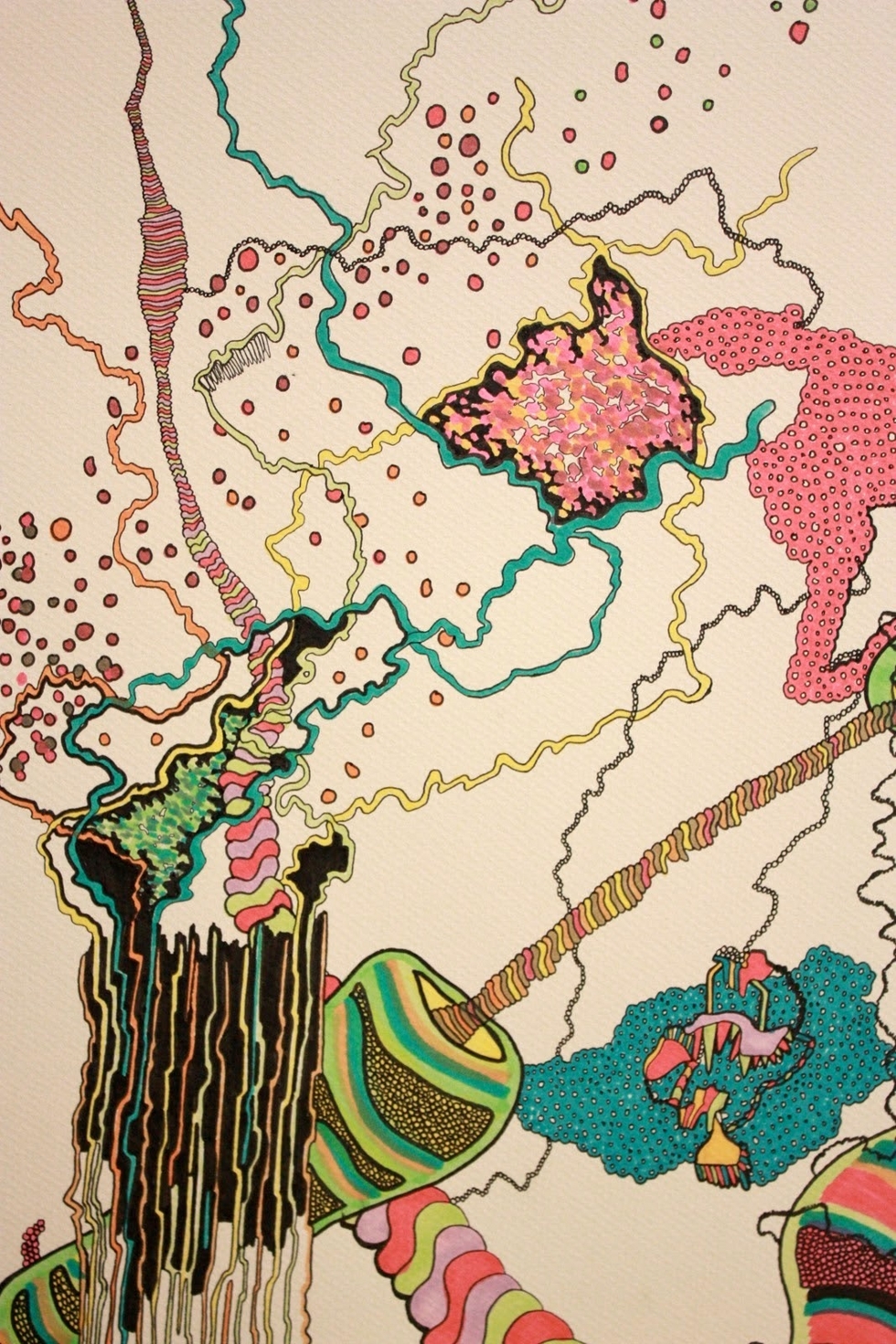
Counted among my pantheon of personal heroes while growing up in California’s East Bay area were Cheech Marin and Tommy Chong. I was a strange kid. I still sometimes mimic Cheech’s purposefully exaggerated Chicano accent, American English with a Spanish rhythm and Aztec intonation, also known as Calo or Mexican American “Spanglish.” Its a sound distinct to the borderlands experience; the echo of Aztlan: the Chicana/o mythical homeland; a sanctuary; a pipe dream. When I speak like Cheech to my close friend and academic colleague, who I affectionately call Chong, we deploy a linguistic code decipherable sometimes only by us, and perhaps a few other confidantes. Referring to four twenty, I often say “los santos,” or just santos, which translates loosely as “the saints.” We conspire in our devotion to them. Like the Rastafarians, the practice becomes a sacred ritual. For us, praying to the saints, our muertos, is an attempt to connect to the divine; a gestural offering in hopes of elevating our spirits to Elysium; the mythical land of the triumphantly dead, or physically displaced, the heavenly space where the souls of heroes dwell. Aztlan by another name. This, I believe, is how my Chicano hero, Cheech Marin, understands his devotion to los santos.
It’s appropriate that Cheech, a Mexican American, would open the artistic space for the popularization and promotion of marijuana into the soul of American popular culture. The word, la palabra, derives from a distinctly Mexican Spanish, with a folk etymology leading to original usage by a legendary diva, señora Maria Juana. The name resonates. Consider the thinly veiled celebration by the late funk sensation Rick James:
I love you Mary Jane, you’re my main thing,
you make me feel alright, you make my heart sing.
And when I’m feeling low, you come as no surprise,
fill me up with your love, take me to paradise.
But there are many names for marijuana; some call it “the Buddha,” others “Ganja,” “mojo,” “ju ju,” and other nomenclature signifying its spiritual import. And yet, its potential to induce a mystical experience has largely escaped the scholarly gaze of religious studies. The term marijuana came into American usage in 1873, plotted into one of Hubert Howe Bancroft’s racist manifestos, Native Races of the Pacific States. There he impugned Mexicans by attributing to them what he deemed barbaric rituals, including the smoking of herbs and roots for purposes of conjuring hallucinations and states of ecstasy. Bancroft was blinded by his racialized vision of civilization.
On the other hand, in 1910 William James claimed that any activity or substance that distracted a person’s fixed attention could open up the psychic terrain wherein mystical experiences unfold. Counted among the catalysts were alcohol and psychotropic drugs, which acted as portals to a spiritual place of fresh revelation. In 1932 Walter Benjamin wrote about his experiments with hashish, a concentrated form of marijuana. In his “Hashish in Marseilles,” he describes the sensations of watching himself from outside of his body: ecstasis. When walking the streets his senses are heightened; he is penetrated by the aromas, the sonic vibrations, the aesthetic assault of a hot day in a pleasantly crowded French city. “It was not far from the first café of the evening,” he proclaims, “in which, suddenly, the amorous joy dispensed by the contemplation of some fringes blown by the wind had convinced me that the hashish had begun to work.” Remarkably he and James (both Rick and William) agree: “And when I recall this state,” Benjamin concludes, “I should like to believe that the hashish persuades nature to permit us—for less egoistic purposes—that squandering of our existence that we know in love.”
The act of smoking cannabis is an erotic spirituality, a praxis initiated by intense sucking, with the goal of capturing the maximum amount of smoke, of inhaling deeply, pulling and holding the breath; testing the limit; spirit. And then there is the release; the small death, that rapturous moment marking the satisfaction and joy of surrender. That is the pivotal movement when the lungs and the heart rock, when pleasure breaches the limen between the sacred and the profane.
Exhaling, some can shape the billowy plume of smoke with their mouths into an ethereal art form.
Page 1 of 2 | Next page